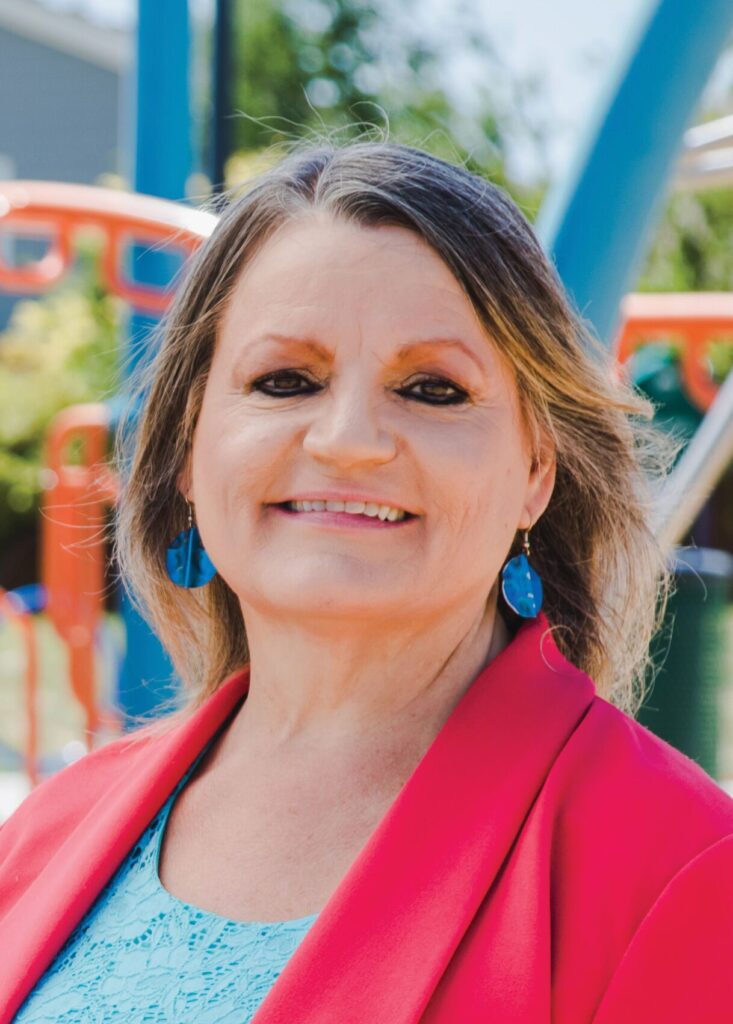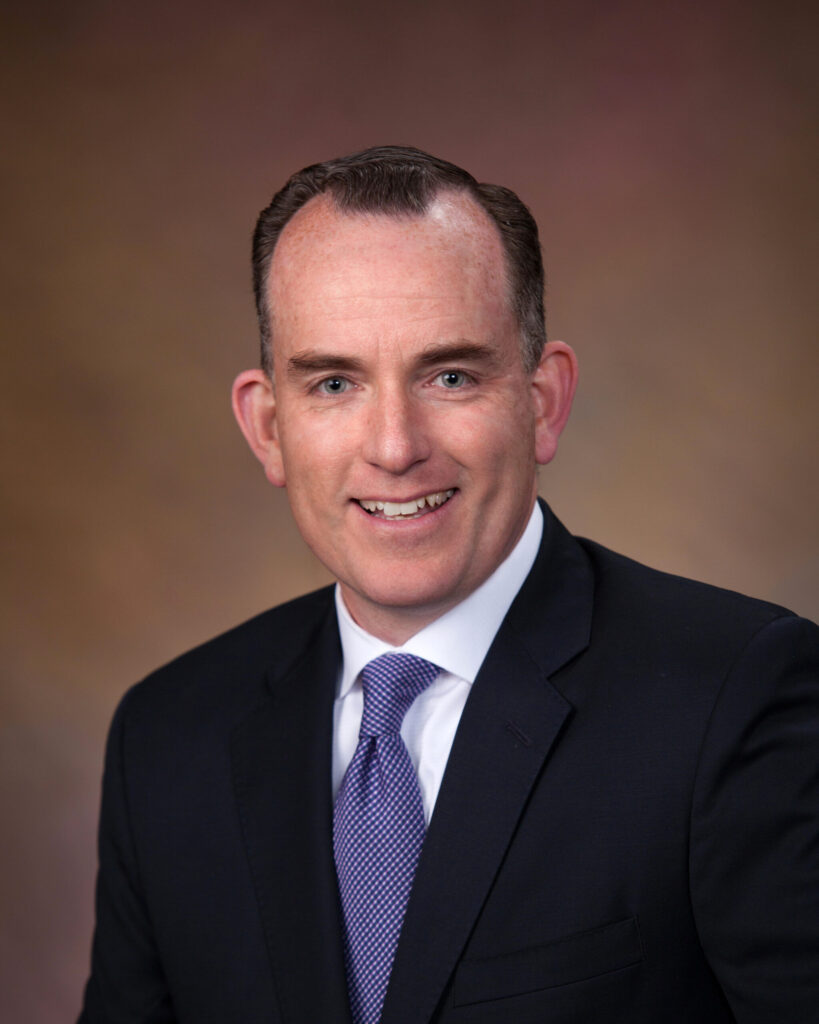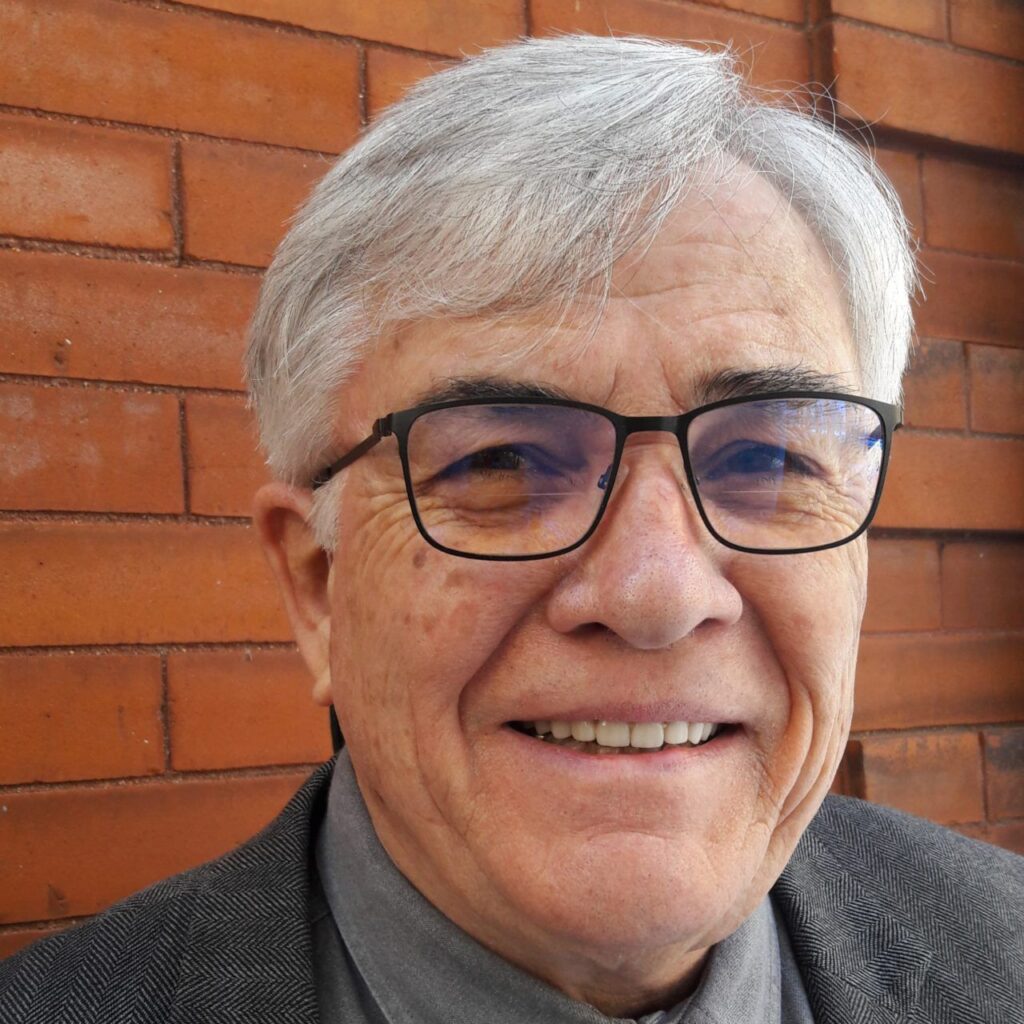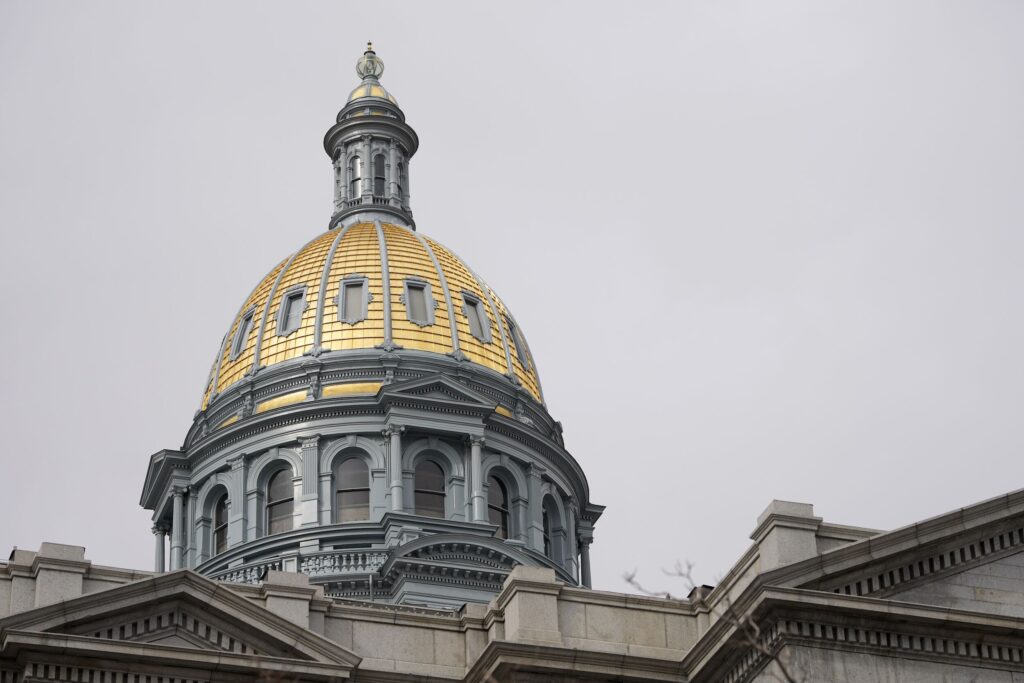Egan: The high price of inaction on our transportation infrastructure
Five hundred and ninety-nine – that is the number of people who died on Colorado’s roadways in 2016.
That same year, highway fatalities and their increasing numbers prompted a public service campaign by the Colorado Department of Transportation and the Colorado State Patrol to make the public better aware – through roadway signs, social media and other advertising – of the rising number of fatalities occurring on our highways and the importance of being alert and driving safely. The campaign was a good one in reminding us of the human toll associated with highway accidents.
While this effort may have been effective in getting our attention, the number of fatalities and injuries on our highways unfortunately still rose over 2015’s numbers. In fact, highway fatalities have been on the increase since hitting a low point in 2011 of 447 to the latest number of 599 for 2016, which represents the highest level of fatalities since 2005.
What is the cause of this increase? Many would point rightfully to distracted driving, driving under the influence and speeding as leading factors in highway fatalities. In looking at those factors, many view the rise in highway fatalities as an enforcement issue and point to a need for more traffic enforcement officers to curb this behavior. But one other important consideration that rarely gets mentioned is how our state’s lack of investment in our highways, bridges and other components of our transportation system may be contributing to the increase in highway fatalities.
When we speak about our state’s transportation needs, policymakers usually mention the additional time and cost to travelers and businesses. They reference the millions of hours lost annually by commuters stuck in traffic or the higher transportation expenses to business and consumers. While these statistics demonstrate a critical need to invest in improving our state’s transportation infrastructure, they fail to capture the highest cost of our inaction, which is the loss of life or serious injuries caused to people on our highways. While being late for work or delayed while traveling to the ski slopes is annoying, these inconveniences pale in comparison to a loved one never coming home or someone being permanently disabled.
So how exactly does lack of transportation investment play a role in the increased number of fatal accidents? The lack of funds available to CDOT and local governments for transportation means that critical highway and safety improvements are deferred, maintenance crews cannot keep up with the increasing demands of an aging system and roadways are not widened to accommodate increasing traffic volume, leading some motorists to take risks. Additionally, safety outreach programs are curtailed, traffic enforcement needs fall behind as the number of State Patrol officers don’t keep pace with traffic, turn lanes on key highways are not constructed – leading to more rear-end crashes – and inadequate highway shoulders expose drivers of disabled vehicles and our safety personnel to oncoming traffic. Poor or unsafe bridges also force traffic along circuitous and possibly less safe routes and guardrails, signage, and traffic signals cannot be upgraded as needed, causing less safe driving environments.
The lack of transportation funding will not show up in an official accident report or in a tragic newspaper story about a traffic death, because it is not as obvious or apparent a cause. But it is just as important a consideration in creating a safe roadway environment.
If we wish to change this situation, we must do more to improve the safety of our highways and streets, and that can only be accomplished through additional transportation investments. The problem does not lie with the abilities or skills of our state and local transportation agencies, but is simply a reflection of a lack of funding to keep pace with our needs.
Primarily, this is a problem that is due to a stalemate at the state level on how to fund our transportation infrastructure. The state’s major source of transportation funding, the gas tax, was last increased in 1991 and it is not meeting our state’s funding needs due to more fuel-efficient vehicles and a rise in overall construction and maintenance costs. Since that time, our state has seen a 75 percent increase in vehicle miles traveled and population growth of over 50 percent.
While there have been some short-term infusions of additional funds from other sources, CDOT alone still finds itself short $1 billion annually. To the agency’s credit, our state and local transportation planners and engineers have been innovative in finding various ways to squeeze more efficiency out of the system with existing funds, but little more can be done without a substantial increase. We need our Legislature and voters to come together and pass a measure that provides our state with the funding that can make the critical investments that are needed.
Here’s hoping that for 2017, the Colorado Legislature’s New Year resolution is to solve our transportation problems and in turn improve travel and safety for all our citizens.












